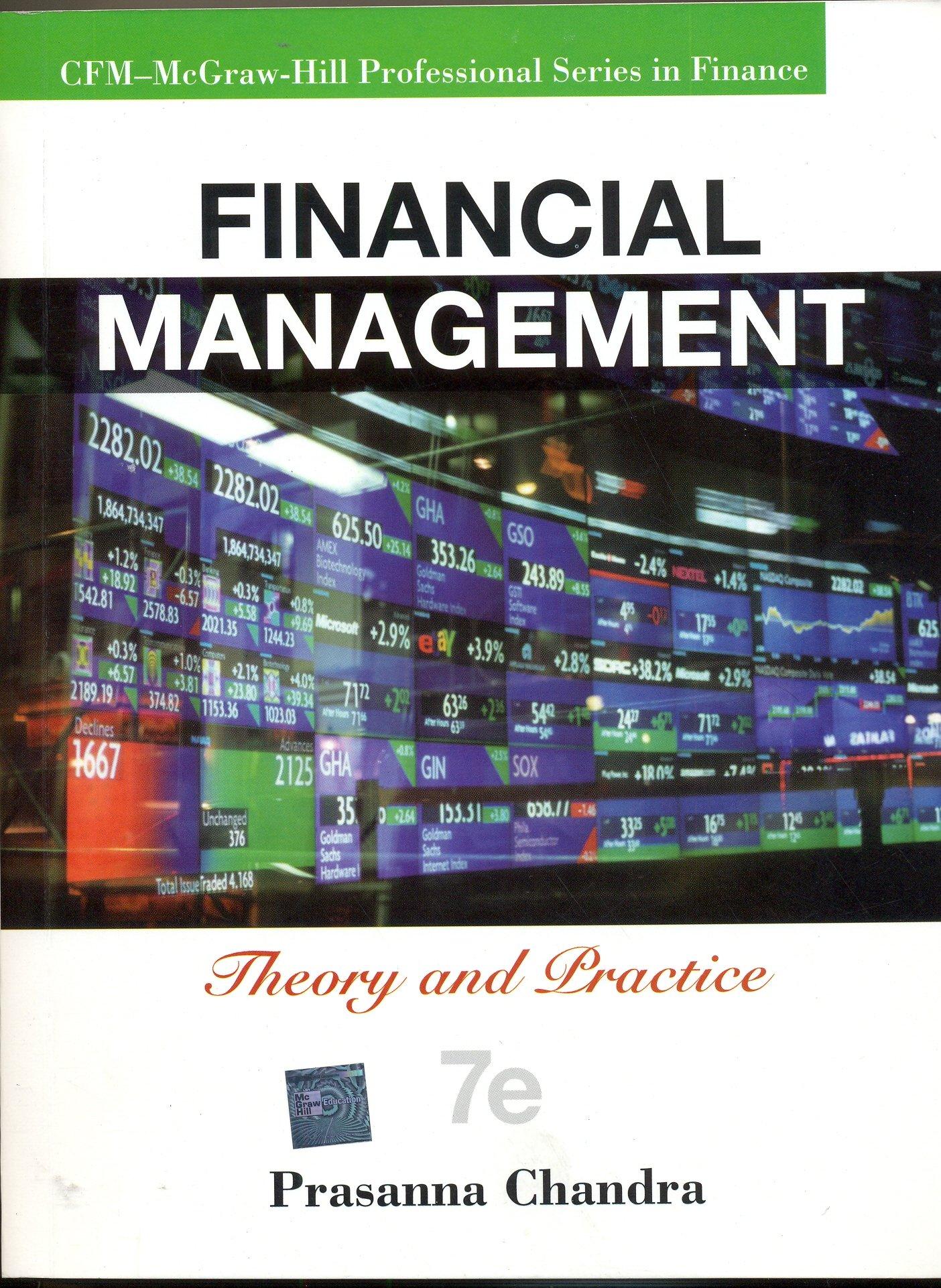Question
At the end of year 0, you are planning to acquire a firm. At year 0, the firms net income is $3,000, depreciation expense is
At the end of year 0, you are planning to acquire a firm. At year 0, the firms net income is $3,000, depreciation expense is $500, and FCF is $3,800. The firm has an effective tax rate of 40%. Cash flows are assumed to be spread out evenly over the course of the year (assume mid-year discounting). Based on your analysis of the firm and the industry, you come up with the following estimates for future growth:
Growth rates will fluctuate in the next 3 years. However, after that, the firms growth will stabilize. The non-depreciation FCF (i.e., the FCF minus the depreciation tax shield) will grow at a real rate of 20% in year 1, 15% in year 2, and 10% in year 3. After this period, the non-depreciation FCF will grow at a constant real rate of 6% per year, forever. The non-depreciation FCF is real and risky.
- The depreciation expense will grow at a nominal rate of 8% per year for 3 years. After this period, depreciation will remain constant (at its year 3 level) forever. This FCF component is nominal and risk-free.
- The effective tax rate will remain at 40%.
- Ignore the FCF in year 0 in your NPV calculation given that it occurred before the end of the year.
- The real risk-free rate is 3% and the real risky rate is 15%. You expect the annual inflation to be a constant 4% in the future.
What is the discount (interest) rate you would use for the projected non-depreciation related FCF?
["10%", "15%", "18%", "12%", "13%"]
What is the discount rate you would use for the depreciation tax shield?
["7.12%", "9.18%", "4.03%", "8.15%", "5.06%"]
What is the present value of the depreciation tax shield (include the terminal value)?
["$7,577", "$3,164", "$2,113", "$3,611", "$6,324"]
What is the present value of the firm's total FCF (including non-depreciation FCFs and the depreciation tax shield) from all future years?
["$95,372", "$78,735", "$49,704", "$130,720", "$60,904"]
The firms debt is valued at $10,000. Assuming that the firm currently has 1,000 shares outstanding, what is the price of a share?
Step by Step Solution
There are 3 Steps involved in it
Step: 1

Get Instant Access to Expert-Tailored Solutions
See step-by-step solutions with expert insights and AI powered tools for academic success
Step: 2

Step: 3

Ace Your Homework with AI
Get the answers you need in no time with our AI-driven, step-by-step assistance
Get Started


